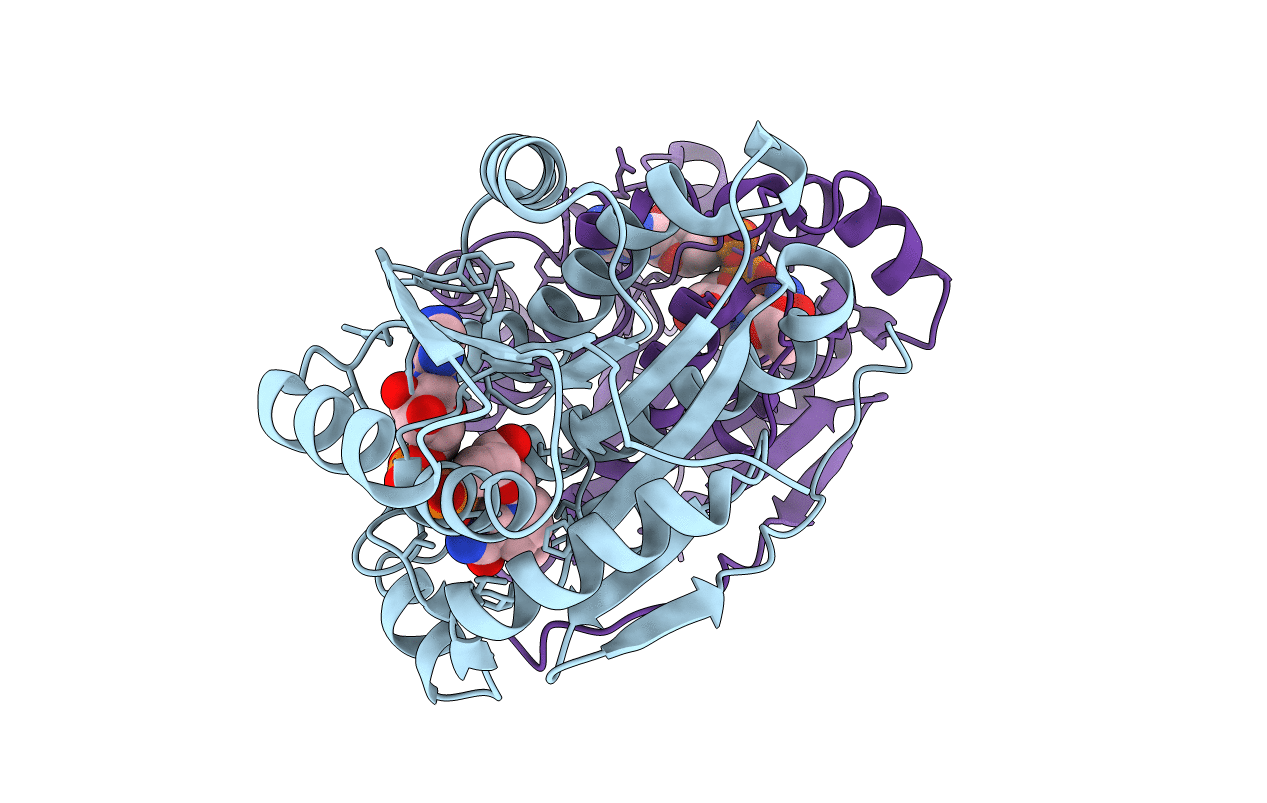
Deposition Date
2002-08-14
Release Date
2003-10-14
Last Version Date
2024-02-14
Entry Detail
PDB ID:
1MG5
Keywords:
Title:
Crystal structure of Drosophila melanogaster alcohol dehydrogenase complexed with NADH and acetate at 1.6 A
Biological Source:
Source Organism:
Drosophila melanogaster (Taxon ID: 7227)
Method Details:
Experimental Method:
Resolution:
1.63 Å
R-Value Free:
0.20
R-Value Work:
0.16
Space Group:
P 1 21 1


